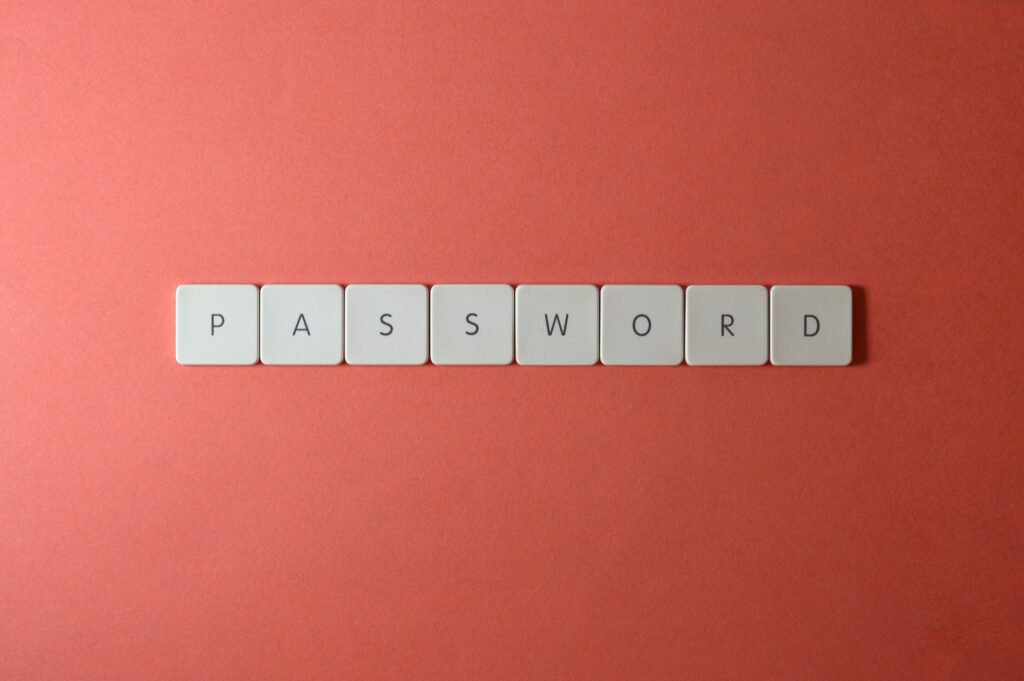In today’s digital landscape, protecting your organization’s online assets is of utmost importance. Unfortunately, weak password practices among employees pose a significant risk, leaving businesses vulnerable to hackers. Shockingly, nearly half of all cyberattacks last year involved weak or stolen passwords. This calls for organizations to take password security seriously and implement robust password policies.
Thankfully, there are several best practices that you can implement to help safeguard your business. Here are some recommended password security practices.
- Implement Single-Sign On (SSO): SSO is a popular solution that enables users to access multiple applications with a single set of credentials. However, it’s essential to create a robust and unique password for your SSO account to enure the security of all linked accounts.
- Avoid including information you share on social media: Personal information shared on social media platforms can be exploited by criminals. When creating passwords, it’s crucial to avoid incorporating easily obtainable details, such as your name, birthday, or other predictable information like your pet’s name.
- Utilize a password manager: A password manager is a vital tool that assists in creating and securely storing strong passwords for all online accounts. It also helps in maintaining unique passwords for each account.
- Avoid reusing previous passwords: Using the same password for multiple accounts increases the risk of a successful breach. By employing different passwords for each account, you can limit the potential damage caused by a compromised password.
- Enable 2 Factor Authentication (2FA): 2FA adds an extra layer of security by requiring a second form of verification, such as a code sent to your mobile device. Even if an attacker gains knowledge of your password, they would still need the additional authentication factor to gain access.
It is also important to create strong passwords that include upper and lower case letters, numbers, symbols, and at least 12 characters. The top passwords available on the dark web include ones like “12345”, “Password”, “Qwerty”, etc., so it is vital that you avoid those at all costs.
By following these best practices, you can significantly enhance your organization’s cybersecurity to protect against cyberattacks as they continue to evolve. Remember, strong passwords are the first line of defense in protecting your business from cyber threats.
Partnering with ATCOM can ensure your team adopts strong password practices, securely stores passwords, and regularly updates them. To learn more, visit our Cybersecurity Awareness and Training page or contact us for futher assistance.
Written by Kim Oliver







